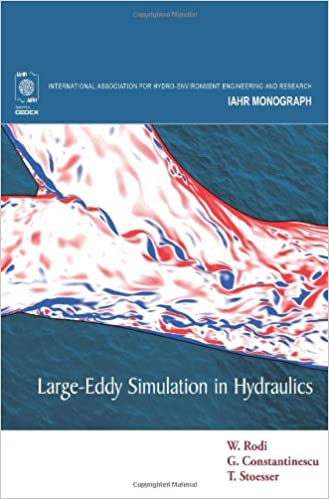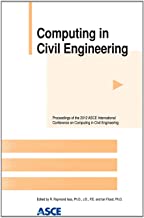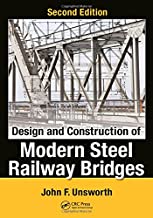Large-Eddy Simulation in Hydraulics
Original price was: ₹12,924.00.₹10,339.20Current price is: ₹10,339.20.
ISBN: 9781138000247
Author/Editor: Wolfgang Rodi
Publisher: CRC Press
Year: 2013
1 in stock (can be backordered)
Description
Large-Eddy Simulation (LES), which is an advanced eddy-resolving method for calculating turbulent flows, is used increasingly in Computational Fluid Dynamics, also for solving hydraulics and environmental flow problems. The method has generally great potential and is particularly suited for problems dominated by large-scale turbulent structures. This book gives an introduction to the LES method specially geared for hydraulic and environmental engineers. Compared with existing books on LES it is less theoretically and mathematically demanding and hence easier to follow, and it covers special features of flows in water bodies and summarizes the experience gained with LES for calculating such flows.
The book was written primarily as an introduction to LES for hydraulic and environmental engineers, but it will also be very useful as an entry to the subject of LES for researchers and students in all fields of fluids engineering. The applications part will further be useful to researchers interested in the physics of flows governed by the dynamics of coherent structures.
Additional information
| Weight | 0.72 kg |
|---|
Product Properties
| Year of Publication | 2013 |
|---|---|
| Table of Contents | Preface 1 Introduction 1.1 The role and importance of turbulence in hydraulics 1.2 Characteristics of turbulence 1.3 Calculation approaches for turbulent flows 1.4 Scope and outline of the book 2 Basic methodology of LES 2.1 Navier-Stokes equations and Reynolds Averaging (RANS) 2.2 The idea of LES 2.3 Spatial filtering/averaging and resulting equations 2.4 Implicit filtering and Schumann's approach 2.5 Relation of LES to DNS and RANS 3 Subgrid-Scale (SGS) models 3.1 Role and desired qualities of an SGS-model 3.2 Smagorinsky model 3.3 Improved versions of eddy viscosity models 3.4 SGS models not based on the eddy viscosity concept 3.5 SGS models for the scalar transport equation 4 Numerical methods 4.1 Introduction 4.2 Discretization methods 4.3 Numerical accuracy in LES 4.4 Numerical errors 4.5 Solution methods for incompressible flow equations 4.6 LES grids 5 Implicit LES (ILES) 5.1 Introduction 5.2 Rationale for ILES and connection with LES using explicit SGS models 5.3 Adaptive Local Deconvolution Model (ALDM) 5.4 Monotonically Integrated LES (MILES) 6 Boundary and initial conditions 6.1 Periodic boundary conditions 6.2 Outflow boundary conditions 6.3 Inflow boundary conditions 6.4 Free surface boundary conditions 6.5 Smooth-wall boundary conditions 6.6 Rough-wall boundary conditions 6.7 Initial conditions 7 Hybrid RANS-LES methods 7.1 Introduction 7.2 Two-layer models 7.3 Embedded LES 7.4 Detached Eddy Simulation (DES) models 7.5 Scale-Adaptive Simulation (SAS) model 7.6 Final comments on hybrid RANS-LES models and future trends 8 Eduction of turbulence structures 8.1 Structure eduction from point signals: Two-point correlations and velocity spectra 8.2 Structure eduction from instantaneous quantities in 2D planes 8.3 Structure eduction from isosurfaces of instantaneous quantities in 3D space 9 Application examples of LES in hydraulics 9.1 Developed straight open channel flow 9.2 Flow over rough and permeable beds 9.3 Flow over bedforms 9.4 Flow through vegetation 9.5 Flow in compound channels 9.6 Flow in curved open channels 9.7 Shallow merging flows 9.8 Flow past in-stream hydraulic structures 9.9 Flow and mass exchange processes around a channel-bottom cavity 9.10 Gravity currents 9.11 Eco-hydraulics: Flow past an array of freshwater mussels 9.12 Flow in a water pump intake Appendix A - Introduction to tensor notation References Index |
| Author | Wolfgang Rodi |
| ISBN/ISSN | 9781138000247 |
| Binding | Hardback |
| Edition | 1 |
| Publisher | CRC Press |
You must be logged in to post a review.






Reviews
There are no reviews yet.